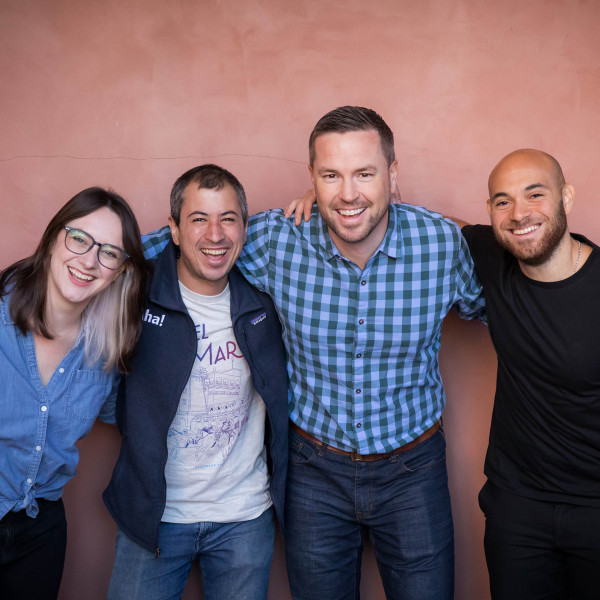
3 ways product managers can simplify SAFe® with Aha! Roadmaps
The last time we wrote about the Scaled Agile Framework® (SAFe®) on the blog, we referenced its less-than-flattering alias: "Soul-Crushing Agile for Enterprises." Harsh? Sure. Accurate in many enterprise product contexts? Also yes. SAFe’s rigidity can overwhelm teams with processes and make it harder to adapt when priorities change. That said, we talk to many product teams following SAFe who have found ways to navigate its complexity.
For many teams, the key to following SAFe is breaking it down into manageable parts.
Teams that follow SAFe are familiar with its rigor. You have:
Prescriptive processes: Detailed steps for planning, coordinating, and delivering across teams and agile release trains (ARTs)
Frequent meetings: Program increment (PI) planning, retrospectives, and scrum of scrums to synchronize efforts and adjust priorities
Stakeholder alignment: Sessions to prioritize work and define outcomes with business owners, solution managers, and team leads
Extensive documentation: Artifacts like program boards and value stream maps to track progress and meet traceability requirements
SAFe purists argue this structure ensures alignment, better resource management, and faster time to market. Critics counter that its reliance on processes and documentation can stifle creativity and shift focus away from delivering customer value.
Whichever side you land on in the SAFe debate, you might have no choice but to follow it. So, how can you make it work better for your team?
Aha! Roadmaps supports SAFe teams with capabilities for PI planning, dependency tracking, and advanced reporting. These provide the structure needed to coordinate work across teams while staying flexible to shifts. We cannot cover all the ways to improve SAFe here (our Product Concierge team is ready to help with personalized guidance), but let's start with three practical approaches:
1. Define SAFe® workflows
Start by creating a shared understanding of how your team works. The SAFe framework templates in Aha! Roadmaps provide a simple way to visualize and align on workflows:
Clarify roles and responsibilities: Define who is accountable for what at every level. Use pre-built SAFe shapes to outline roles and decision-making processes.
Illustrate workflows: Map out how work flows at the team and ART levels to ensure coordination and get a clear view of dependencies.
Link to tangible work: Tie diagrams to work items in Aha! Roadmaps, Aha! Develop, or other dev tools to stay connected to the actual work being done.

Define each step and add information about the step's duration, frequency, and key stakeholders.
2. Simplify PI planning
PI planning can feel overwhelming. But with the right structure, it becomes more manageable. Use these features to stay organized and focused:
SAFe-specific templates: Pre-built whiteboard templates for program boards, sprint planning, ROAM analysis, and retrospectives provide structure for planning sessions.
Integrated data: Pull existing records from Aha! software onto your whiteboard (or import records from Jira and Azure DevOps) so planning is based on the most current information.
Dynamic collaboration: Add icons, links, and visual elements to highlight dependencies. Then, share real-time views during planning sessions.

For even more guidance on how to effectively use this PI planning template collection, watch our tutorial.
3. Deliver insights with tailored reports
Communicating progress and risks is critical in SAFe. Tailored reports and dashboards make it easier to share updates and drive better decisions:
Strategy roadmap: Show how epics align at portfolio and program levels to connect strategy with implementation.
Dependency report: Highlight risks and dependencies across teams to improve coordination and sequencing.
Custom reports: Focus on the data that matters most, like PI progress or program-level objectives. Adjust these views to meet stakeholders' needs.

Combine multiple reports into a single interactive dashboard.
Process-heavy frameworks like SAFe require balance — clarity must outweigh complexity.
SAFe might be a polarizing framework, but it does not have to feel soul-crushing. Focus on removing unnecessary complexity so you can prioritize what drives real progress. And tell us what strategies have helped your team navigate SAFe effectively. We would love to hear how we could better support the way you work.
Set strategy, capture plans, and ensure consistency across your organization. Try Aha! Roadmaps — free for 30 days.




